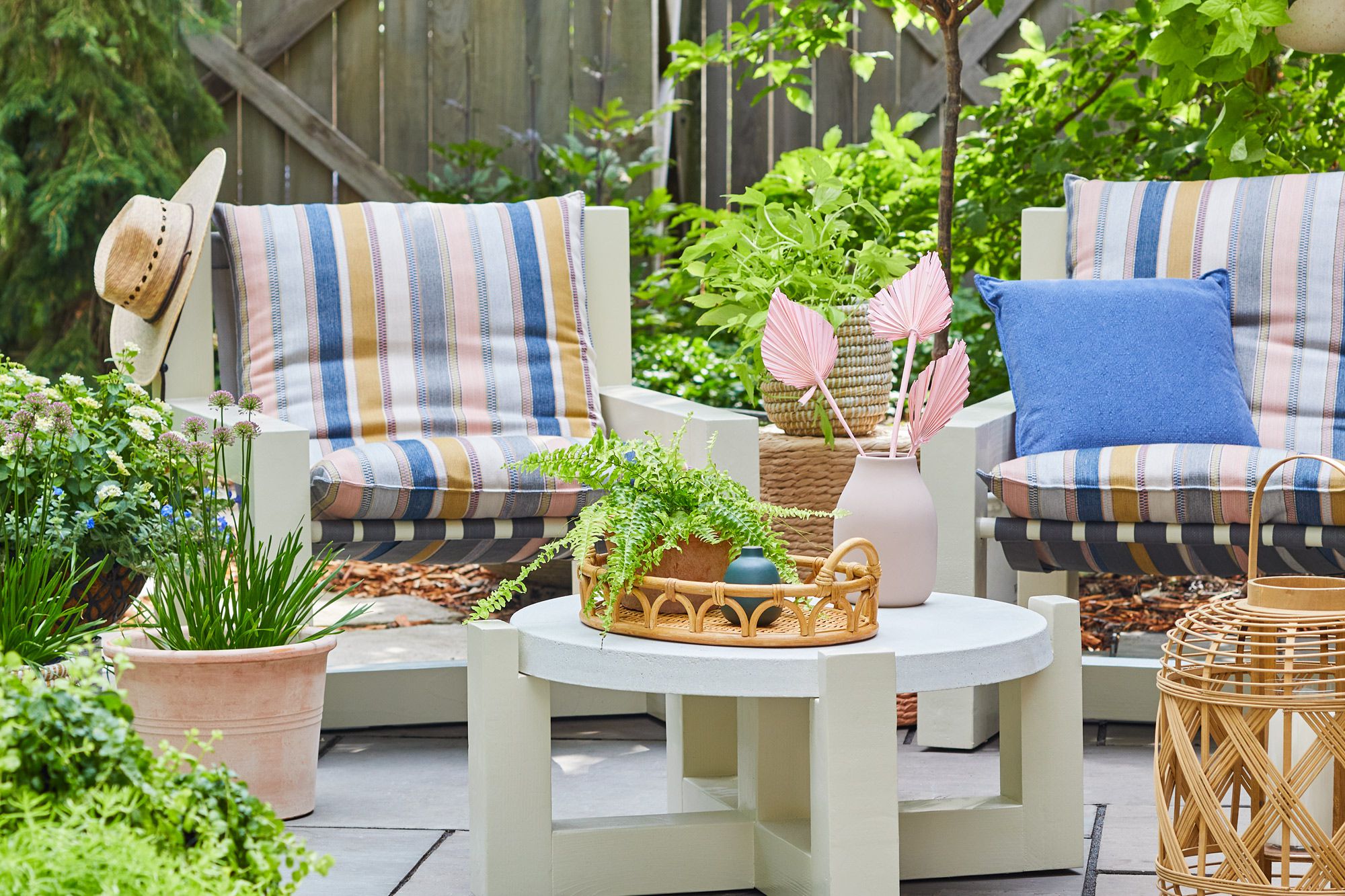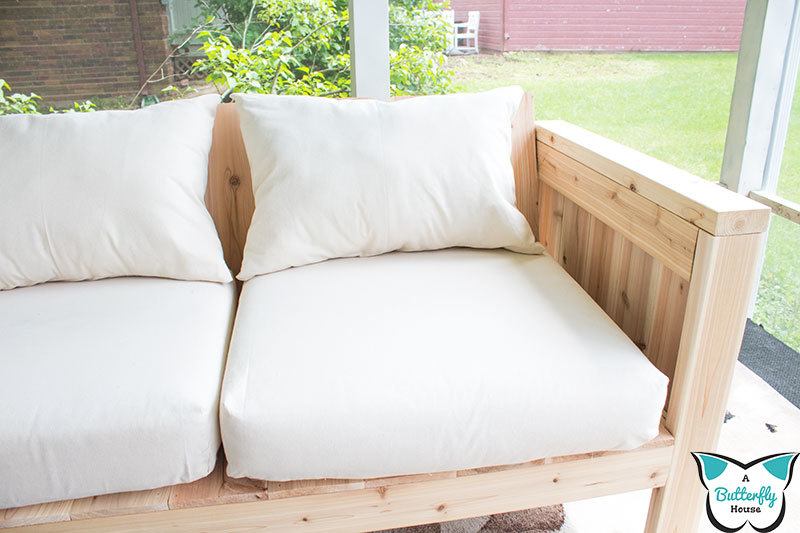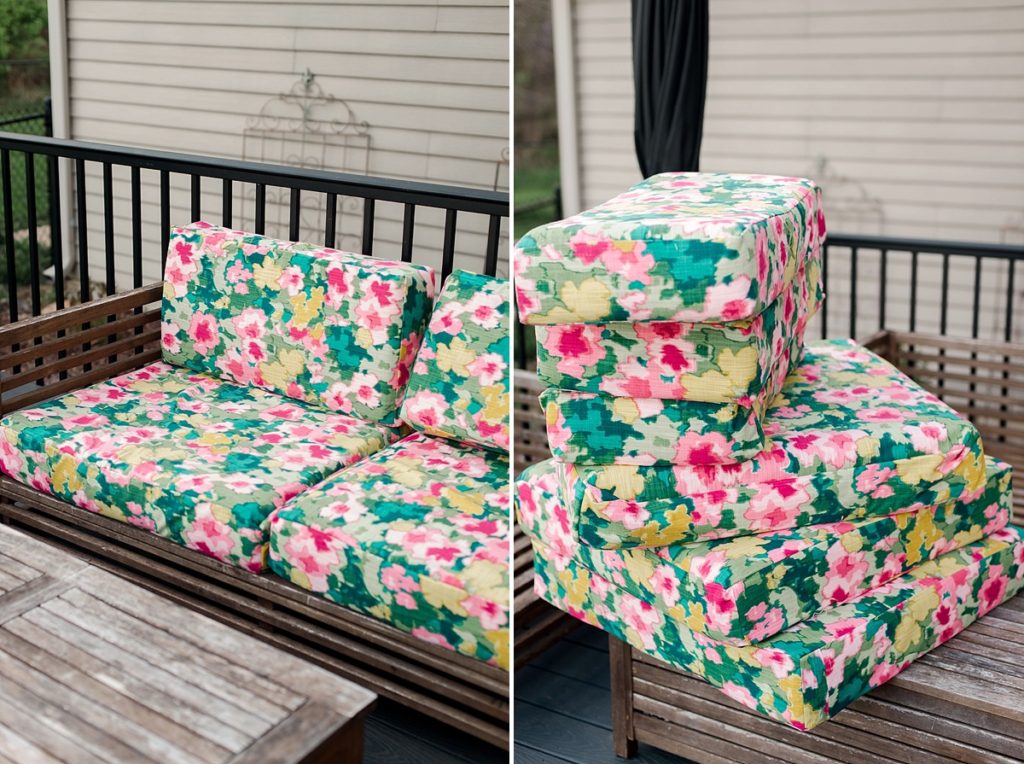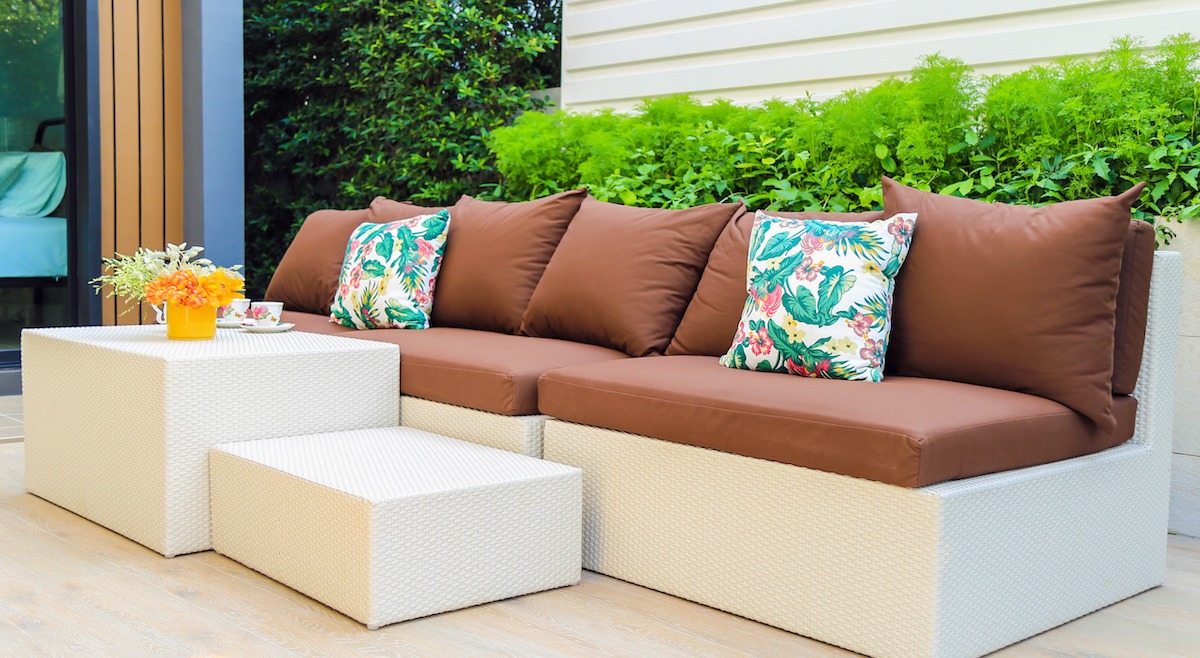Introduction: Elevating Comfort and Style in Your Outdoor Space
When it comes to outdoor furniture, comfort is key. Adding cushions to your outdoor chairs, sofas, and lounges not only enhances comfort but also adds a touch of style and personality to your outdoor space. In this DIY guide, we’ll explore step-by-step instructions for crafting cushions for your outdoor furniture. From selecting the right materials to sewing techniques and finishing touches, you’ll learn how to create custom cushions that elevate your outdoor living experience.
Choosing the Right Materials: Durability and Weather Resistance
The first step in crafting outdoor cushions is selecting the right materials. Opt for outdoor fabric specifically designed to withstand the elements, such as solution-dyed acrylic or polyester. These materials are water-resistant, fade-resistant, and mold-resistant, making them ideal for outdoor use. Additionally, choose high-density foam or outdoor foam inserts for the cushion filling, as they provide optimal support and resilience. For added durability, consider using outdoor thread and zippers designed to resist UV rays and moisture, ensuring that your cushions withstand the test of time.

Measuring and Cutting Fabric: Precision is Key
Before cutting your fabric, accurately measure the dimensions of your outdoor furniture cushions. Use a tape measure to determine the length, width, and thickness of each cushion, taking into account any seams or piping details. Add extra allowance for seam allowances and zipper closures. Once you have your measurements, carefully cut the fabric using sharp scissors or a rotary cutter and cutting mat. Double-check the dimensions before cutting to ensure precision and accuracy, as properly sized fabric pieces are essential for a professional-looking finished product.
Sewing Techniques: Creating Professional-Quality Cushions
Once you have your fabric pieces cut to size, it’s time to start sewing your outdoor cushions. Begin by sewing the sides of the cushion together, using a straight stitch and a ½ inch seam allowance. If your cushions have piping or trim, attach it to the edges of the fabric before sewing the sides together. Next, sew the front and back pieces of the cushion together, leaving one side open for inserting the foam insert. Use a zipper foot attachment to sew the zipper in place along the open side, ensuring smooth and even stitches. Finally, insert the foam cushion and sew the remaining side closed, taking care to reinforce the seams for added durability.

Adding Finishing Touches: Enhancing Comfort and Appearance
Once your outdoor cushions are sewn together, it’s time to add the finishing touches. Trim any loose threads and press the seams with an iron to create crisp, professional-looking edges. If desired, topstitch around the edges of the cushion for added durability and a decorative touch. To enhance comfort and prevent the foam insert from shifting, consider adding ties or Velcro straps to secure the cushion to the outdoor furniture. Additionally, you can add decorative elements such as buttons, tufting, or embroidery to customize the look of your cushions and coordinate them with your outdoor decor.
Testing and Enjoying Your Handiwork: Ensuring Quality and Comfort
Before placing your newly crafted outdoor cushions on your furniture, take the time to test them for fit and comfort. Place the cushions on the furniture and sit or lounge on them to ensure they provide adequate support and comfort. Adjust the foam inserts or add additional filling as needed to achieve the desired level of comfort. Once you’re satisfied with the fit and feel of the cushions, sit back, relax, and enjoy your outdoor oasis in comfort and style. With your DIY crafted cushions, you can elevate your outdoor living experience and create a welcoming and inviting space for relaxation and entertainment.

Adding Personalized Details: Customizing Your Outdoor Cushions
Make your outdoor cushions truly unique by adding personalized details that reflect your style and personality. Consider incorporating monograms, appliques, or embroidery to customize your cushions with initials, patterns, or motifs that hold special meaning to you. You can also experiment with different fabric patterns, textures, and colors to create a custom look that complements your outdoor decor. Adding trim, such as fringe, pom-poms, or tassels, can also add a touch of whimsy and flair to your cushions. By adding personalized details, you can make your outdoor cushions stand out and add a personalized touch to your outdoor living space.
Exploring Alternative Filling Options: Eco-Friendly and Sustainable Choices
While traditional foam inserts are commonly used for outdoor cushions, consider exploring alternative filling options for a more eco-friendly and sustainable choice. Natural materials such as kapok, wool, or organic cotton batting offer comfortable and resilient cushioning while being biodegradable and renewable. Recycled polyester fiberfill made from post-consumer plastic bottles is another environmentally friendly option that provides excellent support and durability. By opting for eco-friendly filling materials, you can reduce your environmental footprint and create outdoor cushions that are both comfortable and sustainable.

Experimenting with Shapes and Sizes: Creating a Dynamic Outdoor Seating Arrangement
Get creative with the shapes and sizes of your outdoor cushions to create a dynamic and inviting seating arrangement. Mix and match different shapes, such as square, rectangular, and round cushions, to add visual interest and variety to your outdoor furniture. Consider incorporating oversized floor cushions or bolster pillows for additional seating options and versatility. You can also experiment with different thicknesses and densities of foam inserts to achieve the perfect balance of comfort and support. By playing with shapes and sizes, you can create a custom seating arrangement that maximizes comfort and functionality in your outdoor space.

Maintenance and Care: Preserving the Beauty and Longevity of Your Cushions
To ensure that your outdoor cushions remain looking their best for years to come, it’s important to follow proper maintenance and care guidelines. Regularly brush off any dirt, debris, or pollen from the cushions using a soft-bristled brush or vacuum cleaner with a brush attachment. Spot clean any stains or spills immediately using a mild detergent and warm water, then rinse thoroughly and allow to air dry completely. Avoid using harsh chemicals or abrasive cleaners, as they may damage the fabric or fade the colors. Additionally, store your outdoor cushions in a dry, ventilated area when not in use to prevent mold and mildew growth. By following these simple maintenance steps, you can prolong the life of your DIY crafted cushions and continue to enjoy their comfort and style season after season.